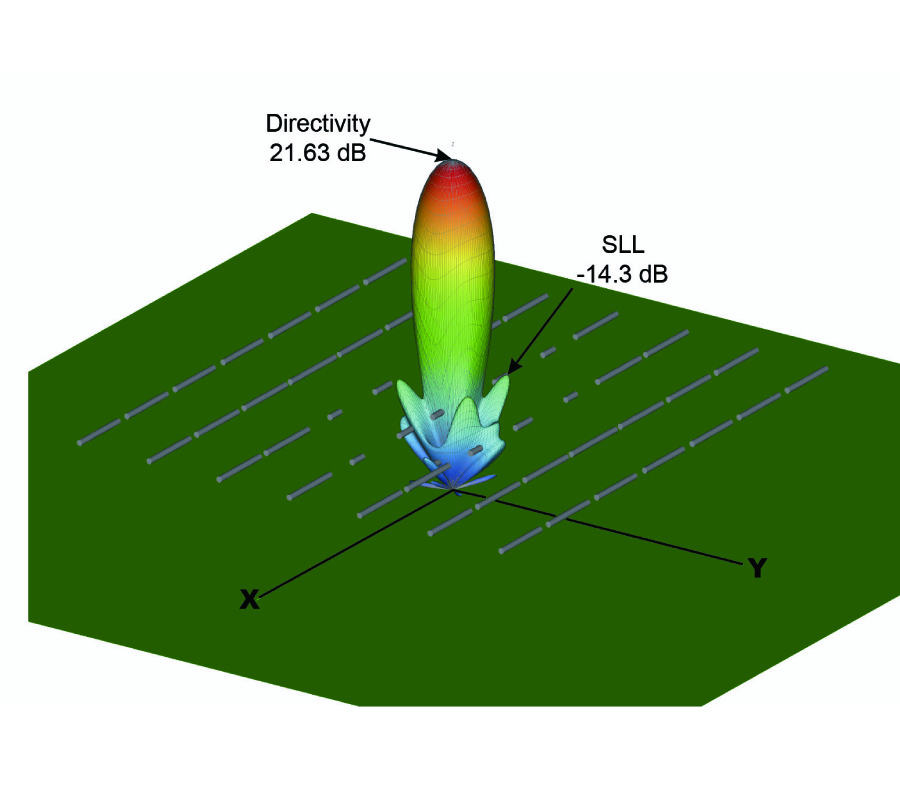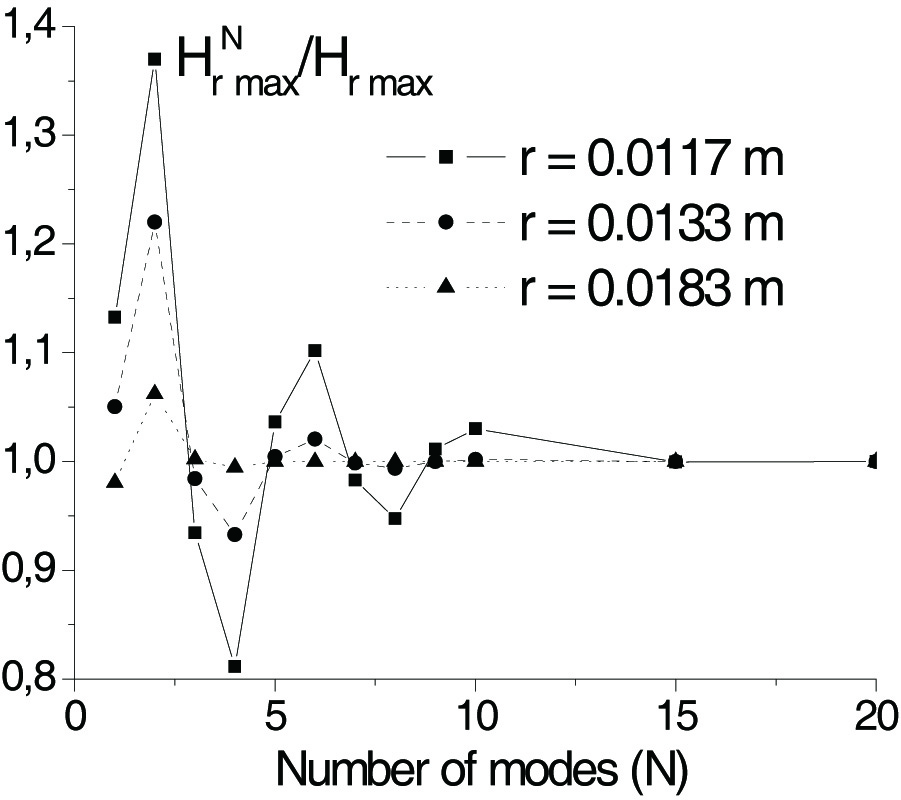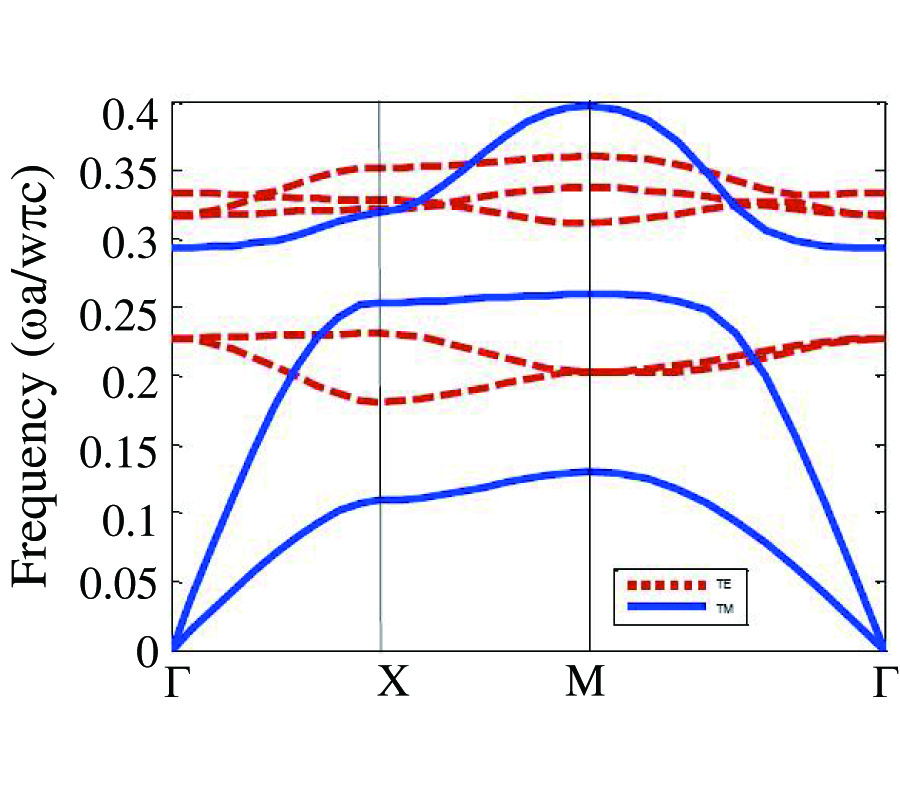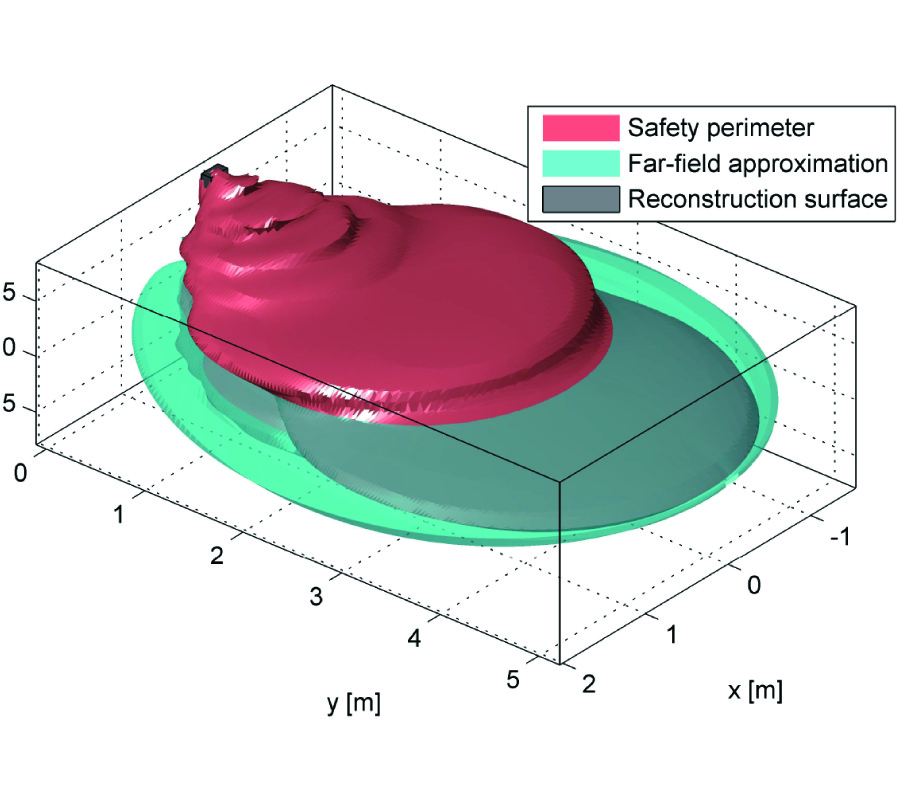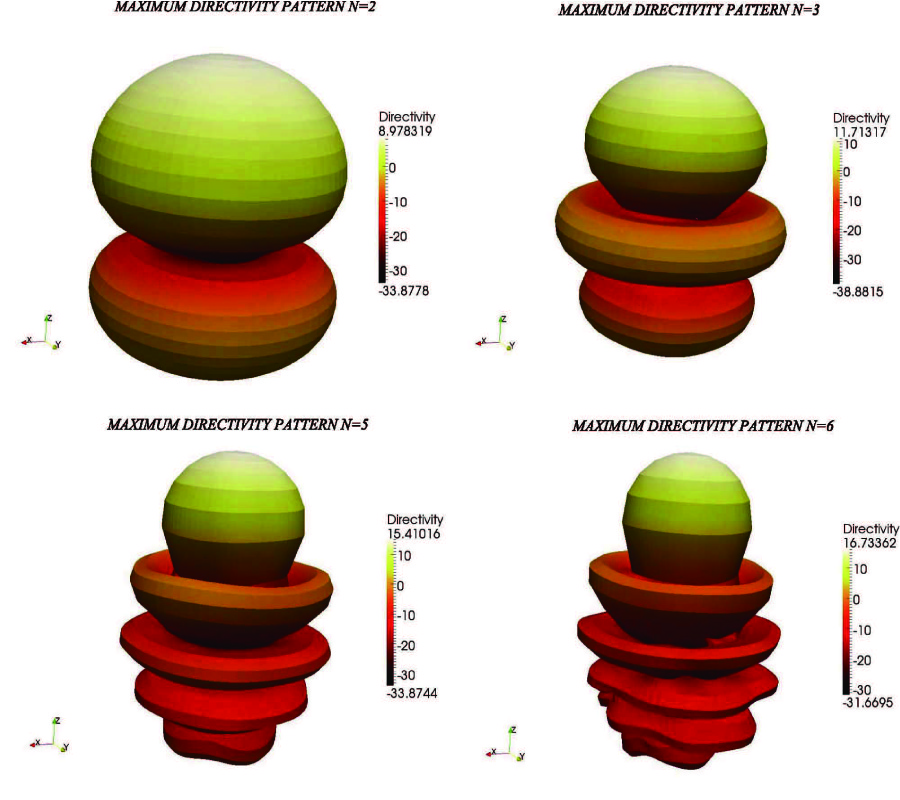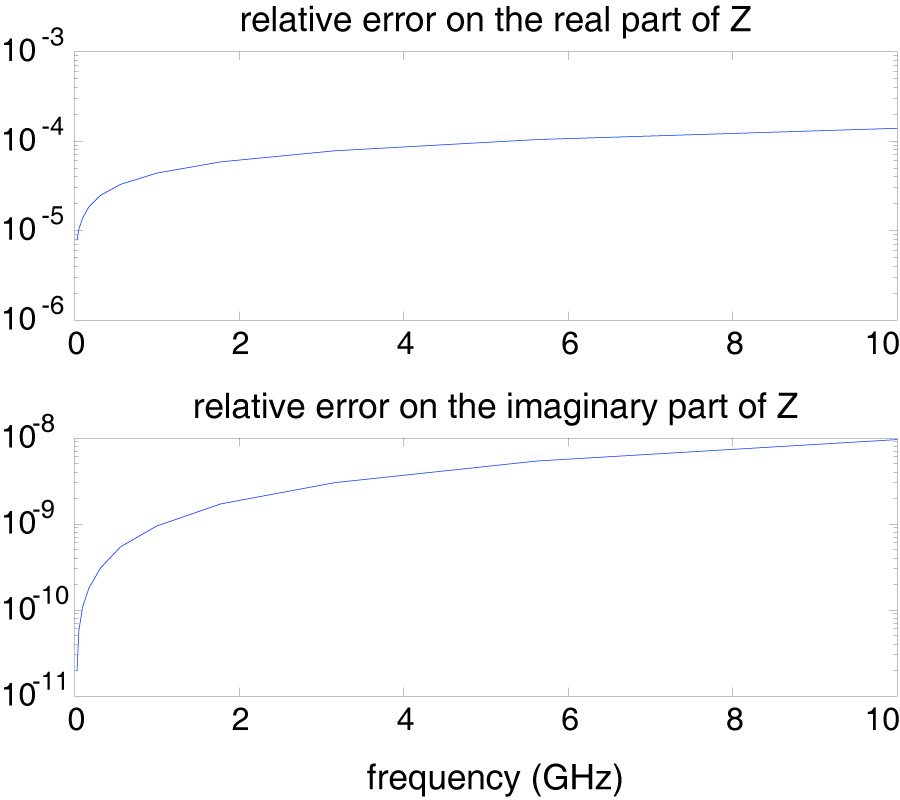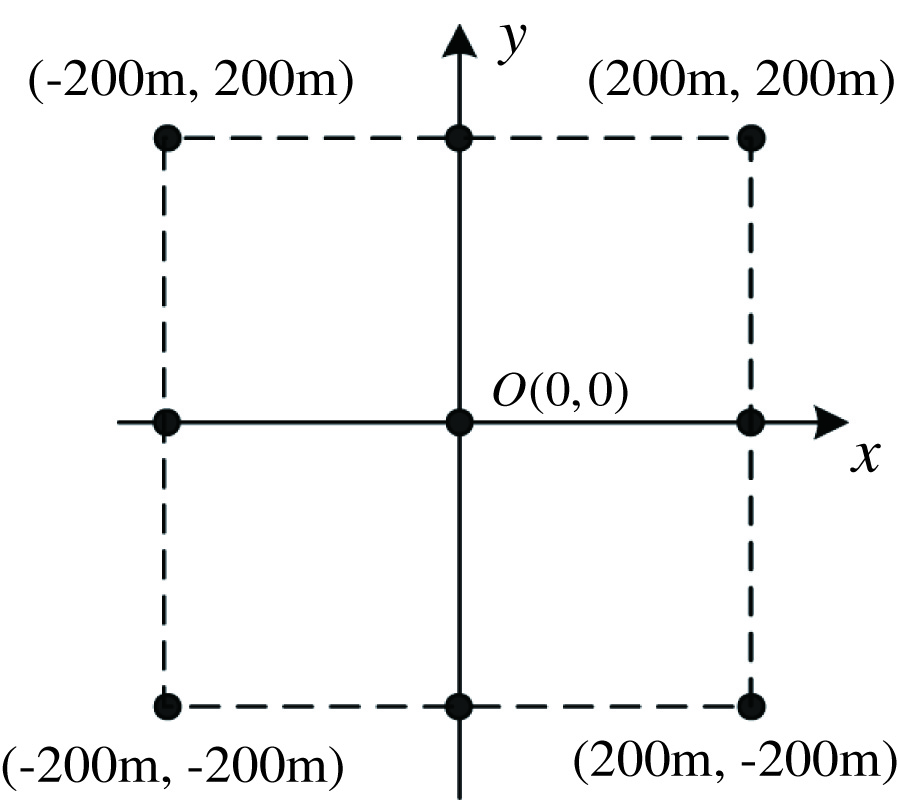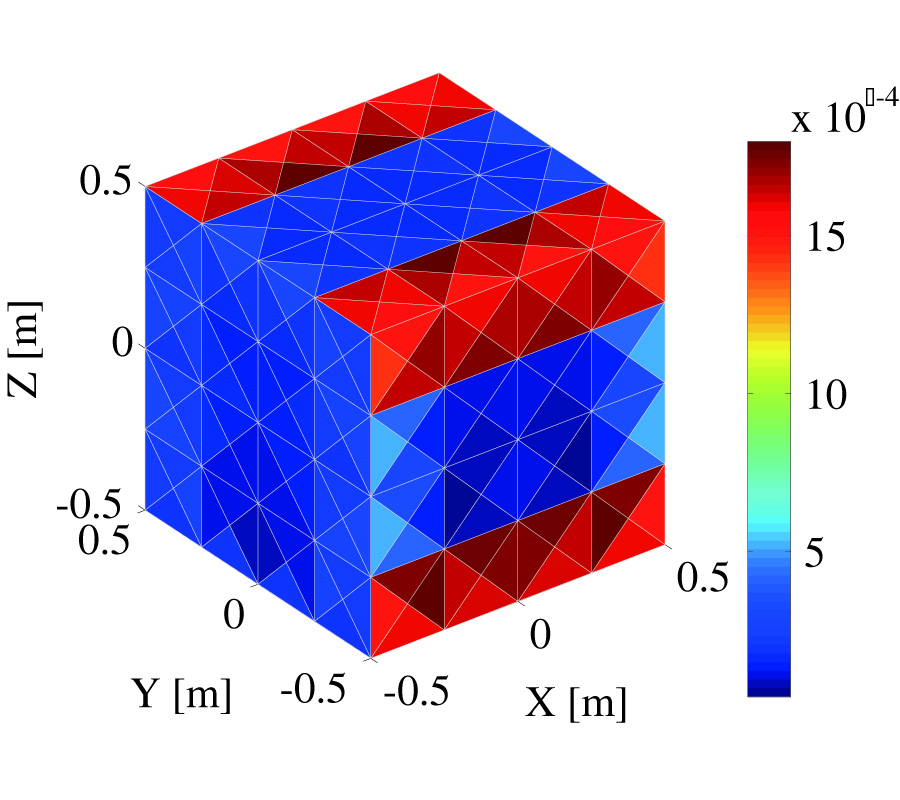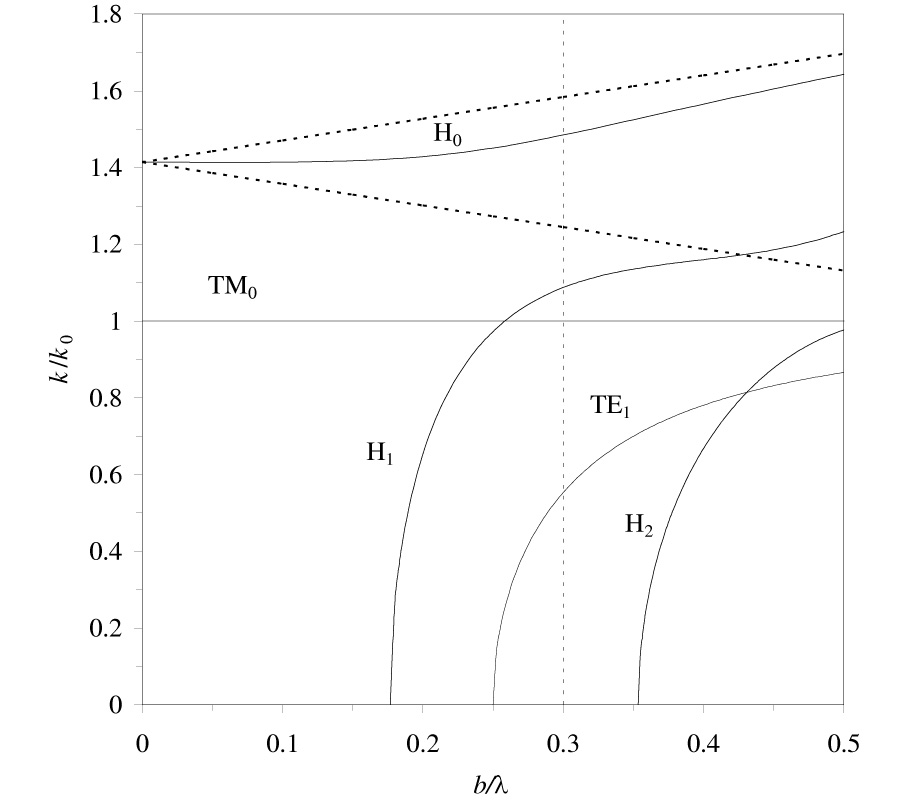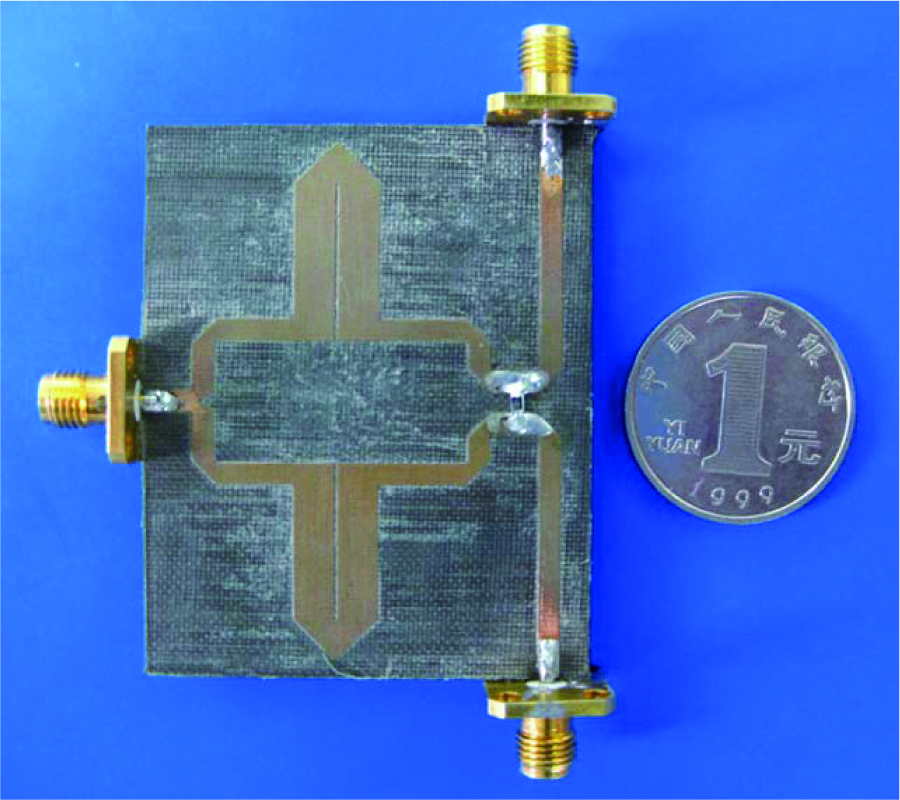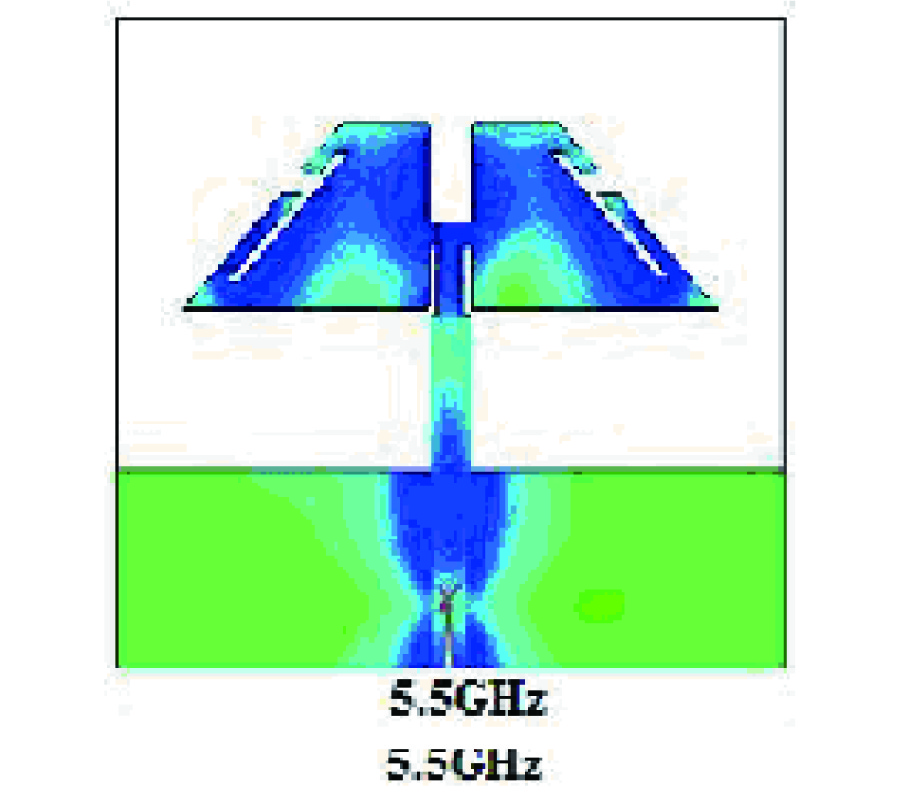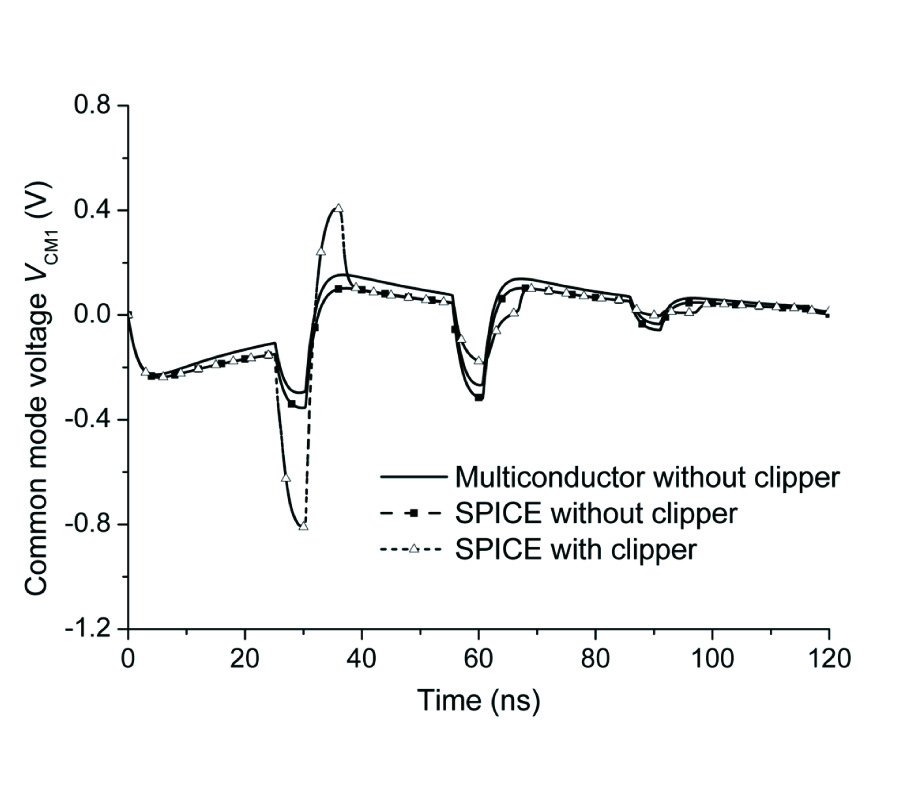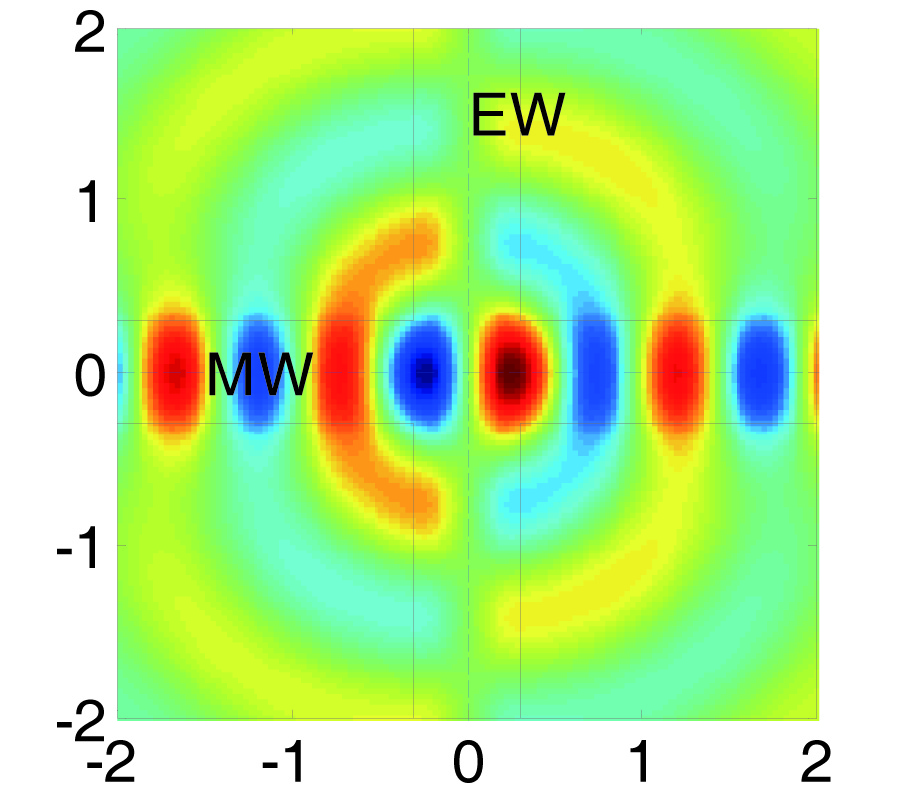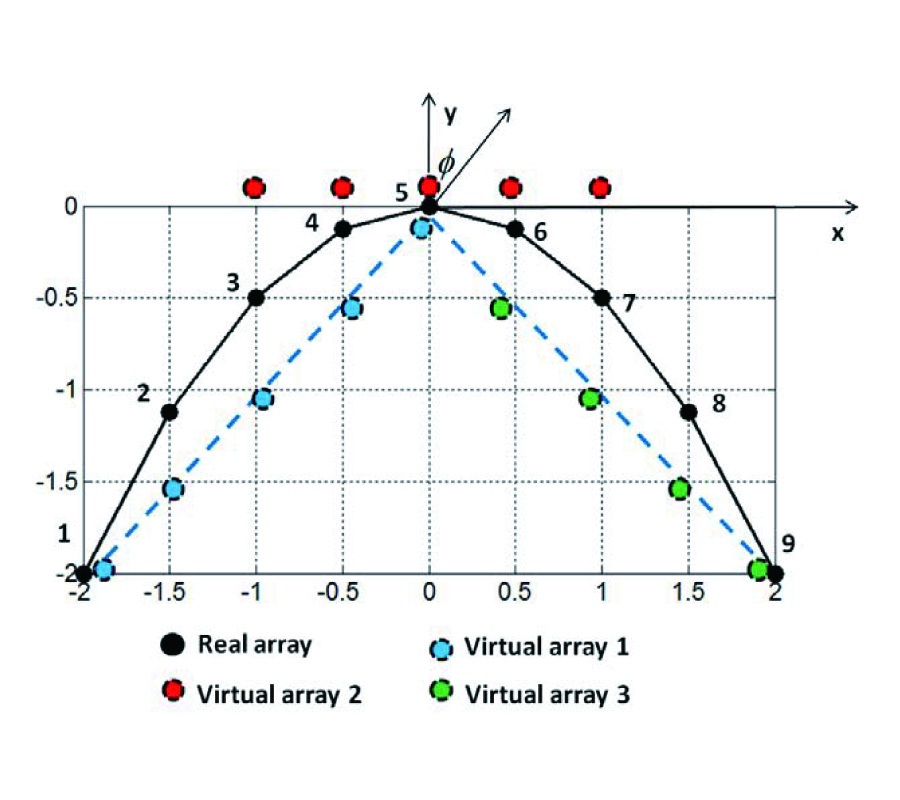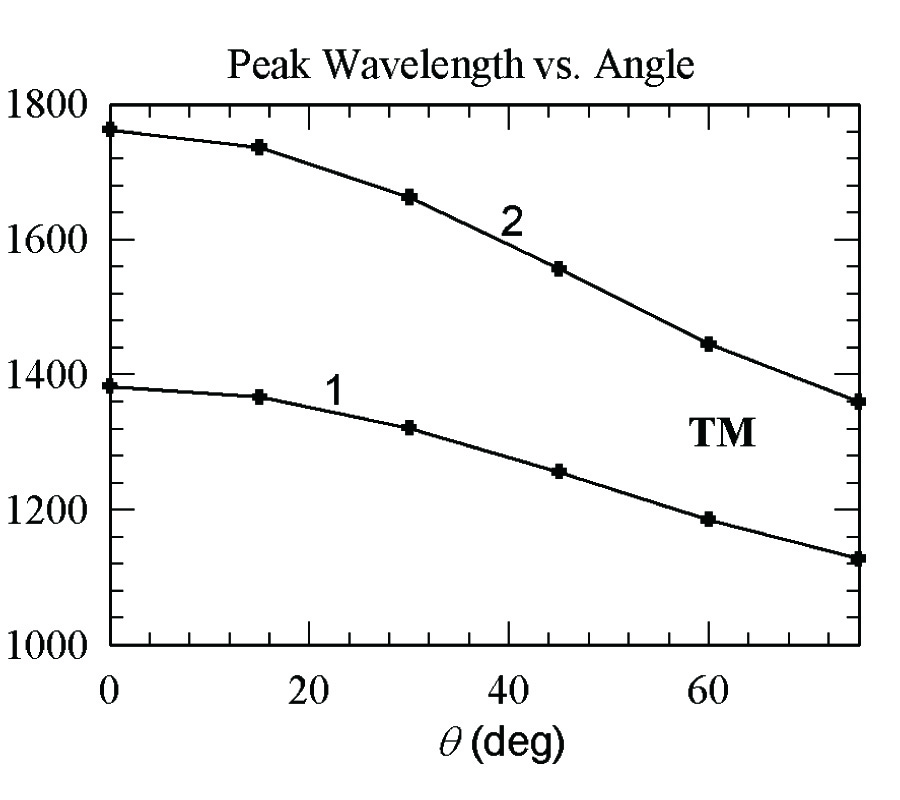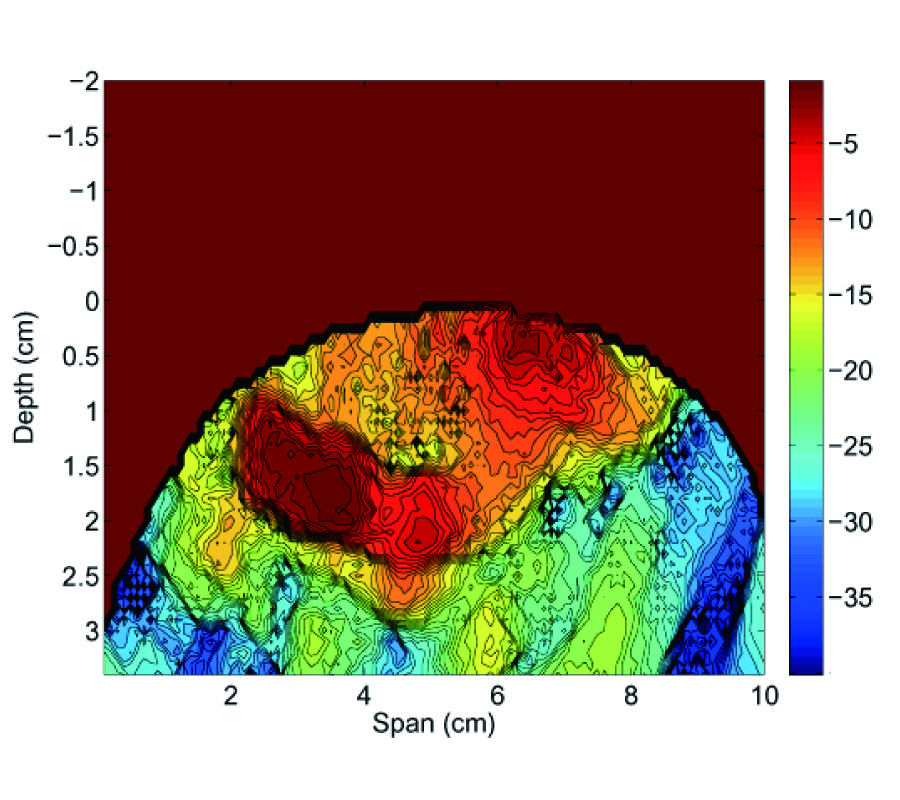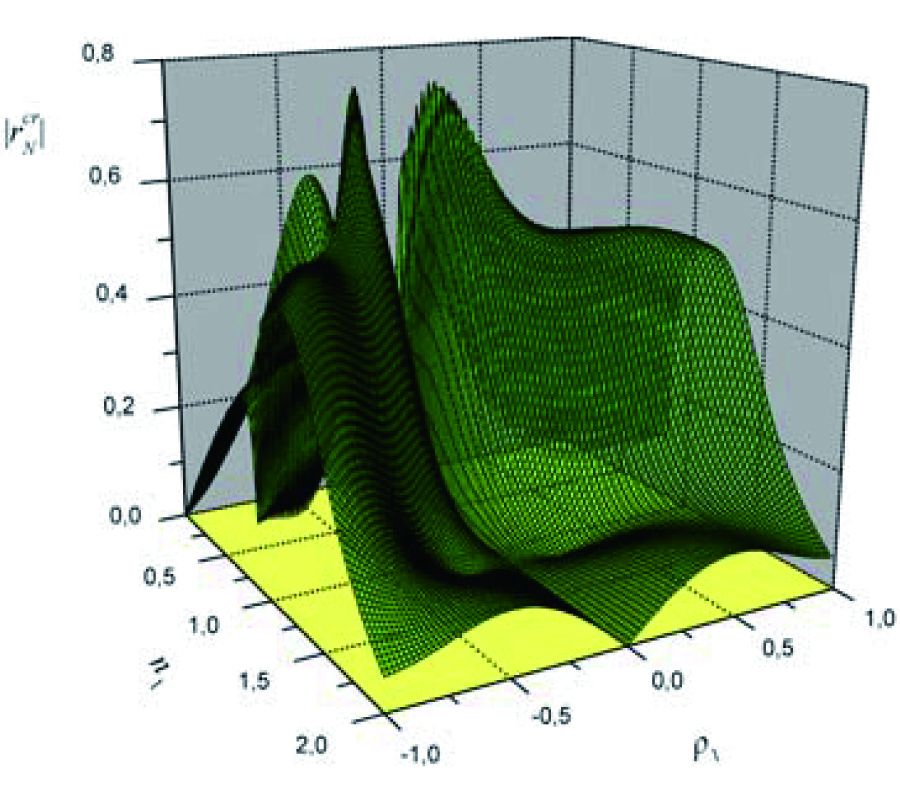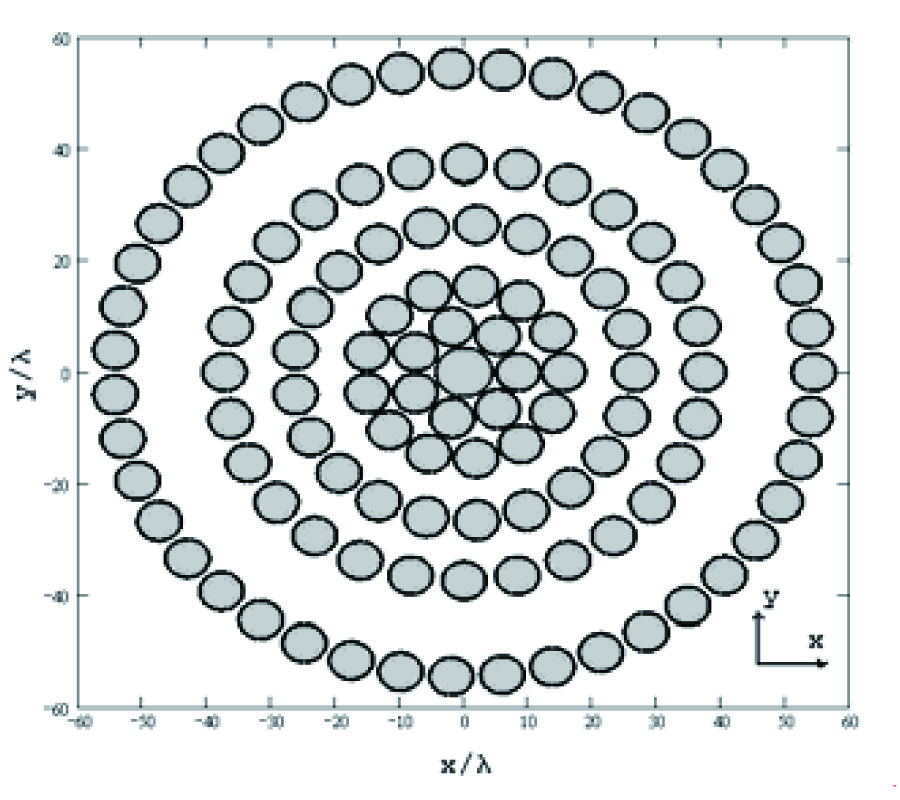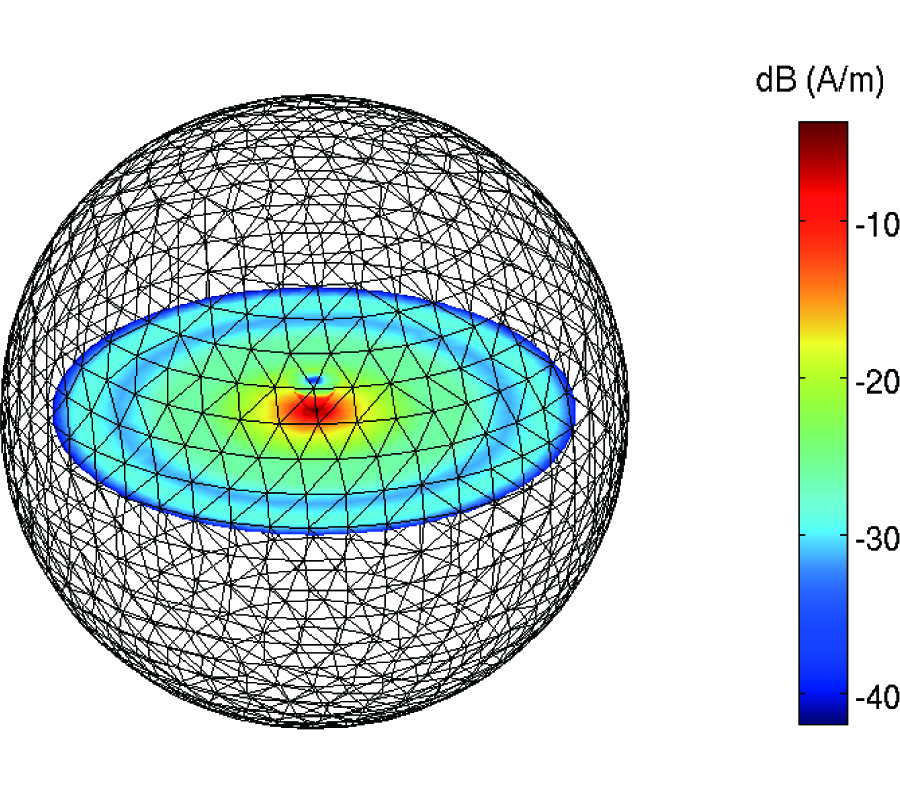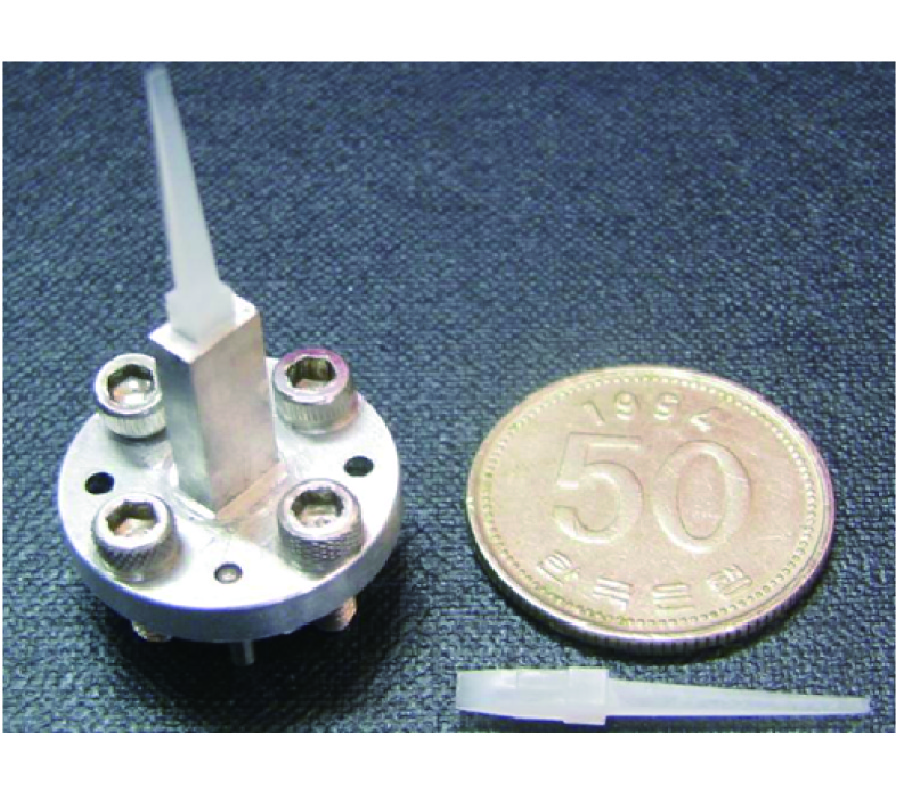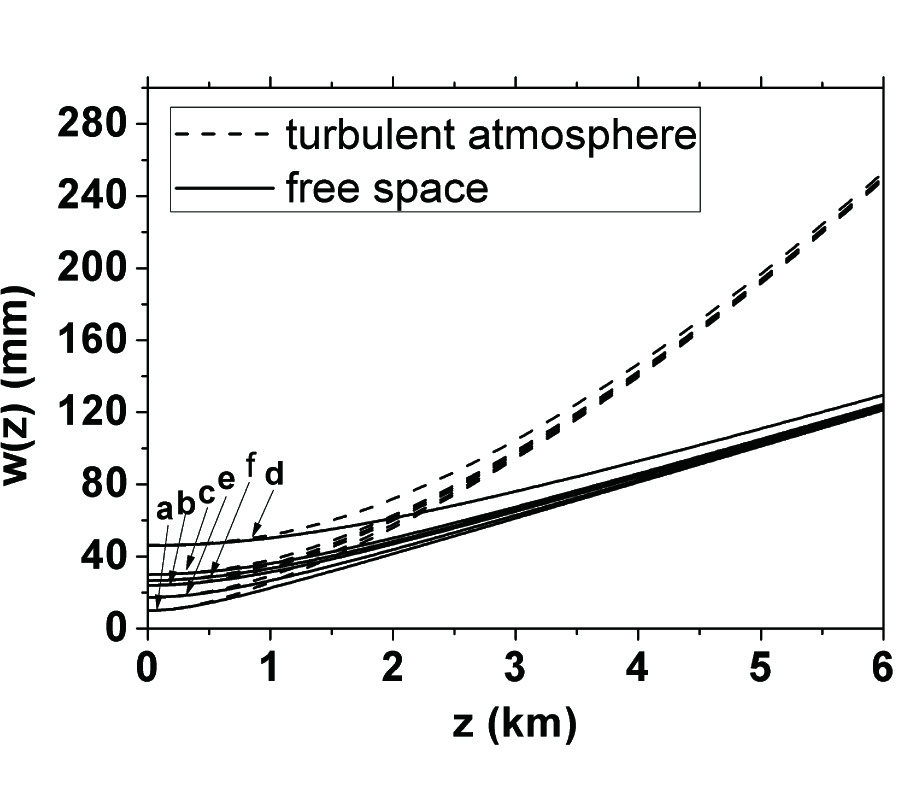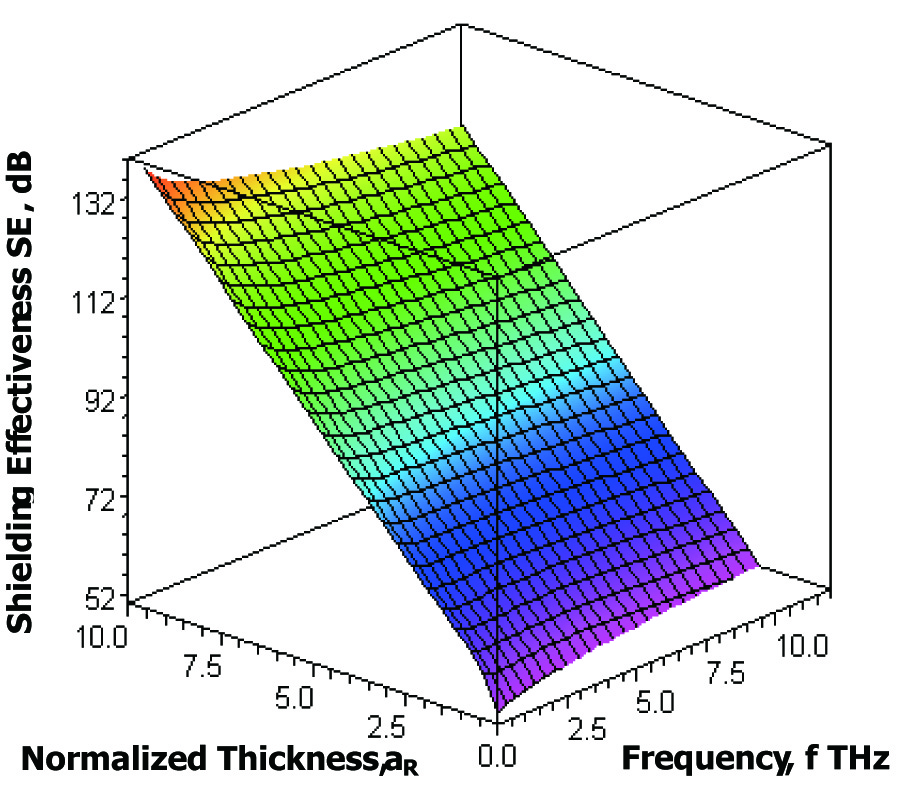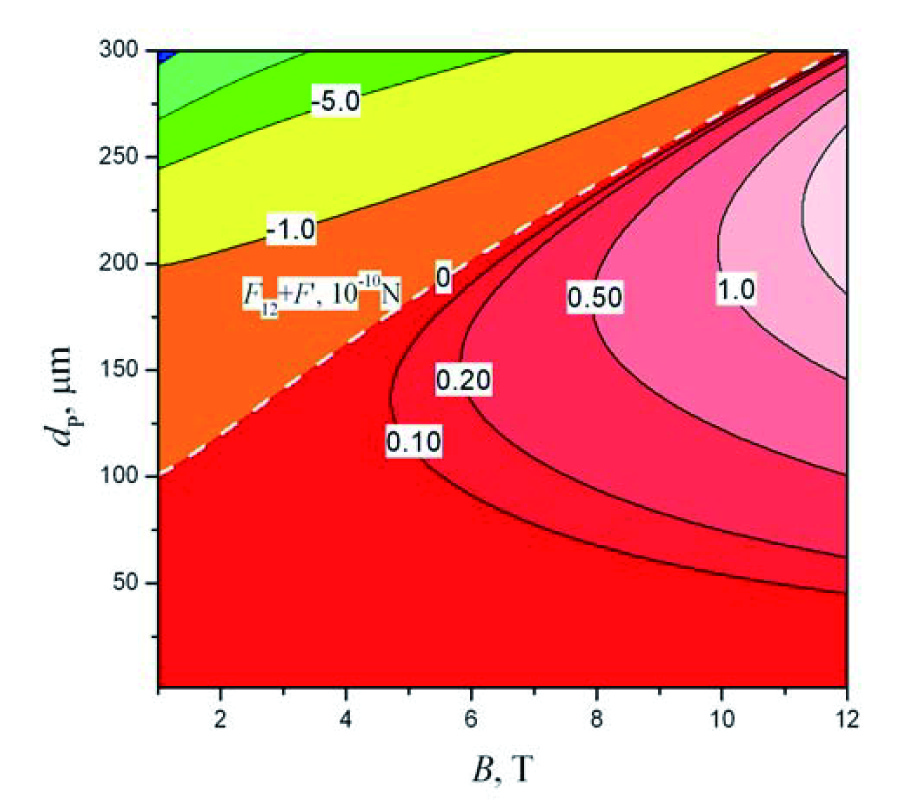Channel-Ranked Beamformer for the Early Detection of Breast Cancer
Martin O'Halloran,
Martin Glavin and
Edward Jones
Confocal Microwave Imaging (CMI) for the early detection of breast cancer is based on several assumptions regarding the dielectric properties of normal and malignant breast tissue. One of these assumptions is that the breast is primarily dielectrically homogeneous, and that the propagation, attenuation and phase characteristics of normal breast tissue allows for the constructive addition of the UWB returns from dielectric scatterers within the breast. However, recent studies by Lazebnik et al. have highlighted a very signi�cant dielectric contrast between normal adipose and �broglandular tissue within the breast. This dielectric heterogeneity presents a considerably more challenging imaging scenario, where constructive addition of the UWB returns, and therefore tumor detection, is much more di�cult. In a dielectrically homogeneous breast, each additional beamformed backscattered signal adds coherently with existing signals, resulting in an improved image of any dielectric scatterers present. However, in a dielectrically heterogeneous breast, signals with a longer propagation distance are more likely to encounter heterogeneity and therefore are more prone to incoherent addition, reducing the overall quality of the breast image. In this paper, a novel beamforming algorithm is described, which gives extra weighting to signals with shorter propagation distances to create an improved image of the breast. The beamformer is shown to provide improved images of more dielectrically heterogeneous breasts than the traditional delay and sum beamformer from which it is derived.
